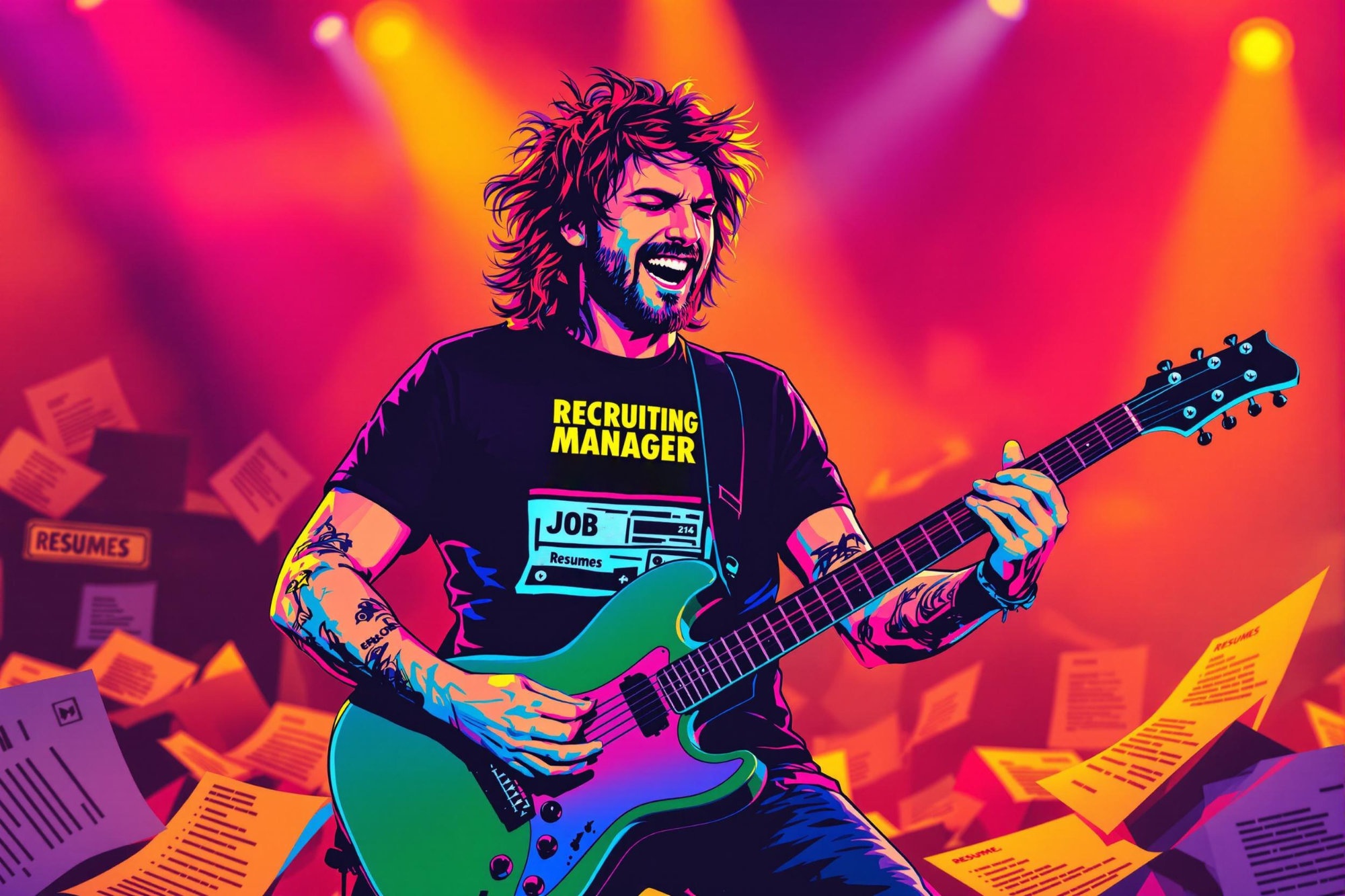
Teleprompter
A teleprompter is a display device that helps on-camera talent read scripts while maintaining eye contact with the camera. It shows scrolling text that reflects onto a piece of glass in front of the camera lens, making it appear that the person is speaking naturally rather than reading. This tool is essential in news broadcasting, video production, and public speaking events. You might also see it referred to as an autocue (particularly in the UK and Australia) or prompter. It's a crucial skill for both operators who run the equipment and talent who need to read from it effectively.
Examples in Resumes
Operated Teleprompter for daily news broadcasts and live events
Trained news anchors in proper Autocue reading techniques
Managed Prompter setup and operation for presidential speeches and corporate events
Typical job title: "Teleprompter Operators"
Also try searching for:
Where to Find Teleprompter Operators
Professional Organizations
Job Boards
Online Networks
Example Interview Questions
Senior Level Questions
Q: How would you handle a situation where the teleprompter fails during a live broadcast?
Expected Answer: Should discuss backup systems, quick troubleshooting steps, having printed scripts ready, and ability to coach talent through technical difficulties while maintaining calm.
Q: Describe your experience training new operators and on-camera talent.
Expected Answer: Should demonstrate leadership skills, teaching methods, and understanding of both technical operation and talent coaching aspects.
Mid Level Questions
Q: How do you adjust scrolling speed for different speakers?
Expected Answer: Should explain working with varying reading speeds, maintaining consistency, and ability to adapt to speaker's rhythm during live operation.
Q: What's your process for preparing scripts and checking formatting?
Expected Answer: Should discuss script preparation, formatting standards, font sizes, and quality control measures to ensure smooth reading.
Junior Level Questions
Q: What are the basic components of a teleprompter system?
Expected Answer: Should be able to describe the main parts: monitor, mirror, mounting hardware, and software basics.
Q: How do you ensure proper placement of a teleprompter on a camera?
Expected Answer: Should understand basic setup procedures, alignment with camera lens, and balance considerations.
Experience Level Indicators
Junior (0-1 years)
- Basic teleprompter setup and operation
- Script loading and formatting
- Understanding of basic broadcast equipment
- Communication with talent and production team
Mid (1-3 years)
- Smooth scroll speed control
- Quick troubleshooting abilities
- Multiple software platforms experience
- Live broadcast experience
Senior (3+ years)
- Training and supervision of junior operators
- Complex production coordination
- Emergency situation management
- Advanced technical troubleshooting
Red Flags to Watch For
- No experience with live productions
- Poor communication skills
- Inability to remain calm under pressure
- Lack of basic computer skills
- No understanding of broadcast environment protocols
Need more hiring wisdom? Check these out...

Step Into Our World: How Pre-Recorded Virtual Workplace Tours Are Changing The Recruitment Game

When Job Ads Dance: Why Your Next Hire Might Come From a 20-Second TikTok

From Panic Pacing to Productive Hiring: How to Truly Improve Recruiter Efficiency

